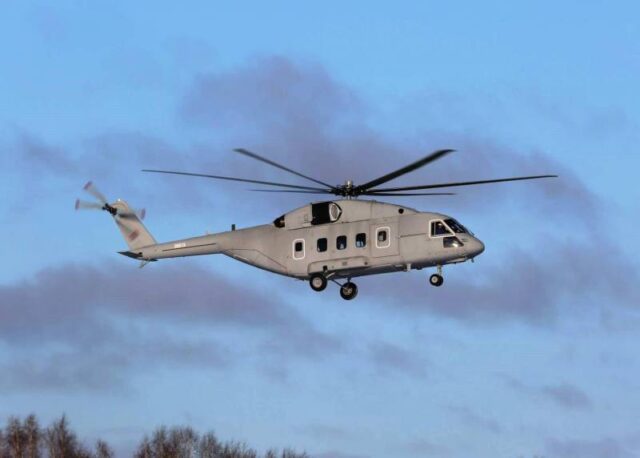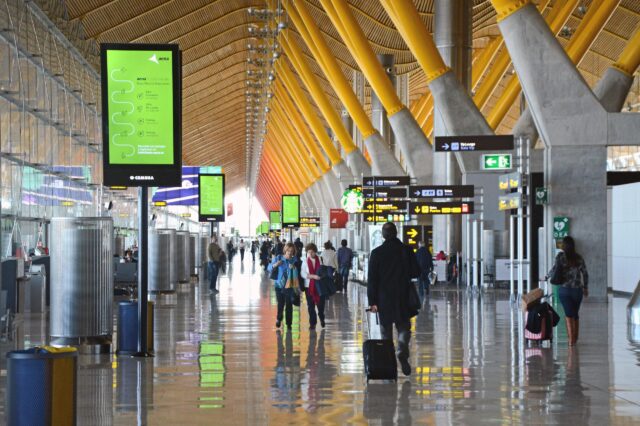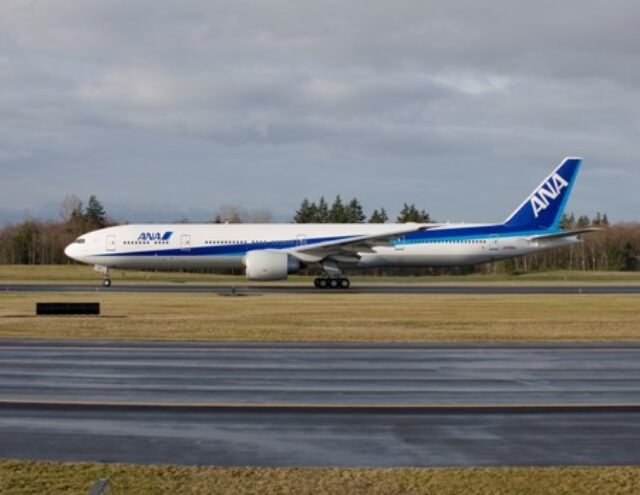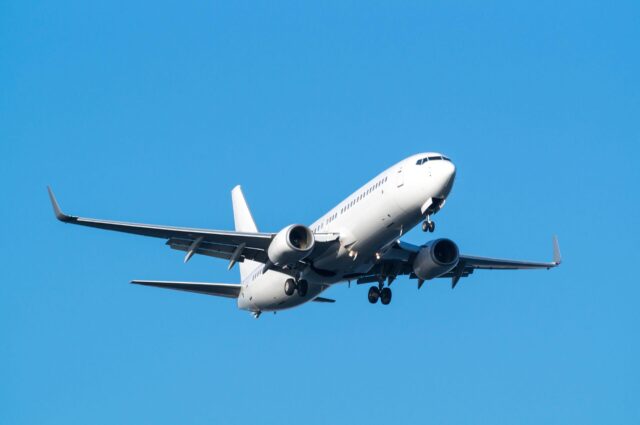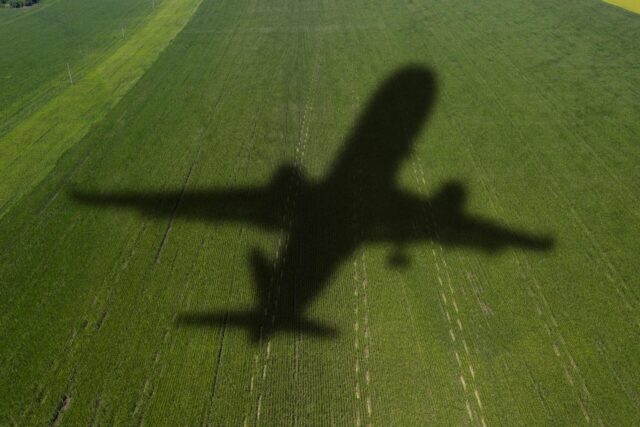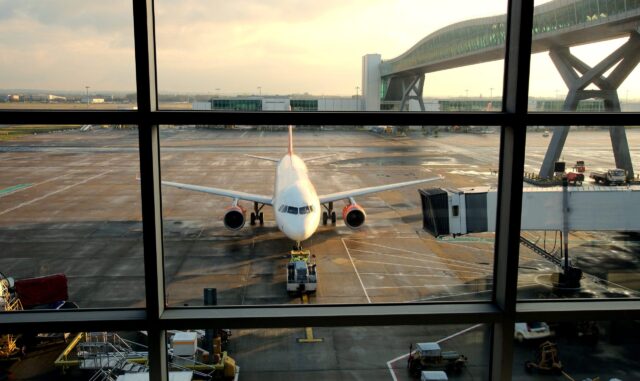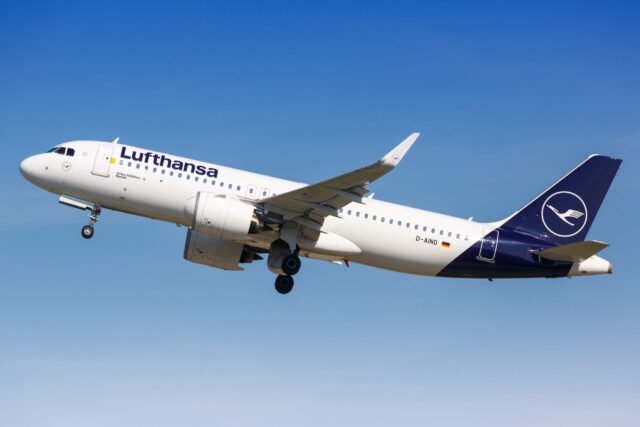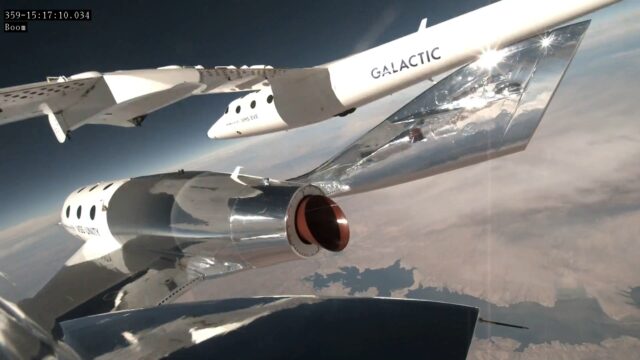Ongoing engine uncertainty contributing to “substantially lower” Air New Zealand earnings
April 16, 2025
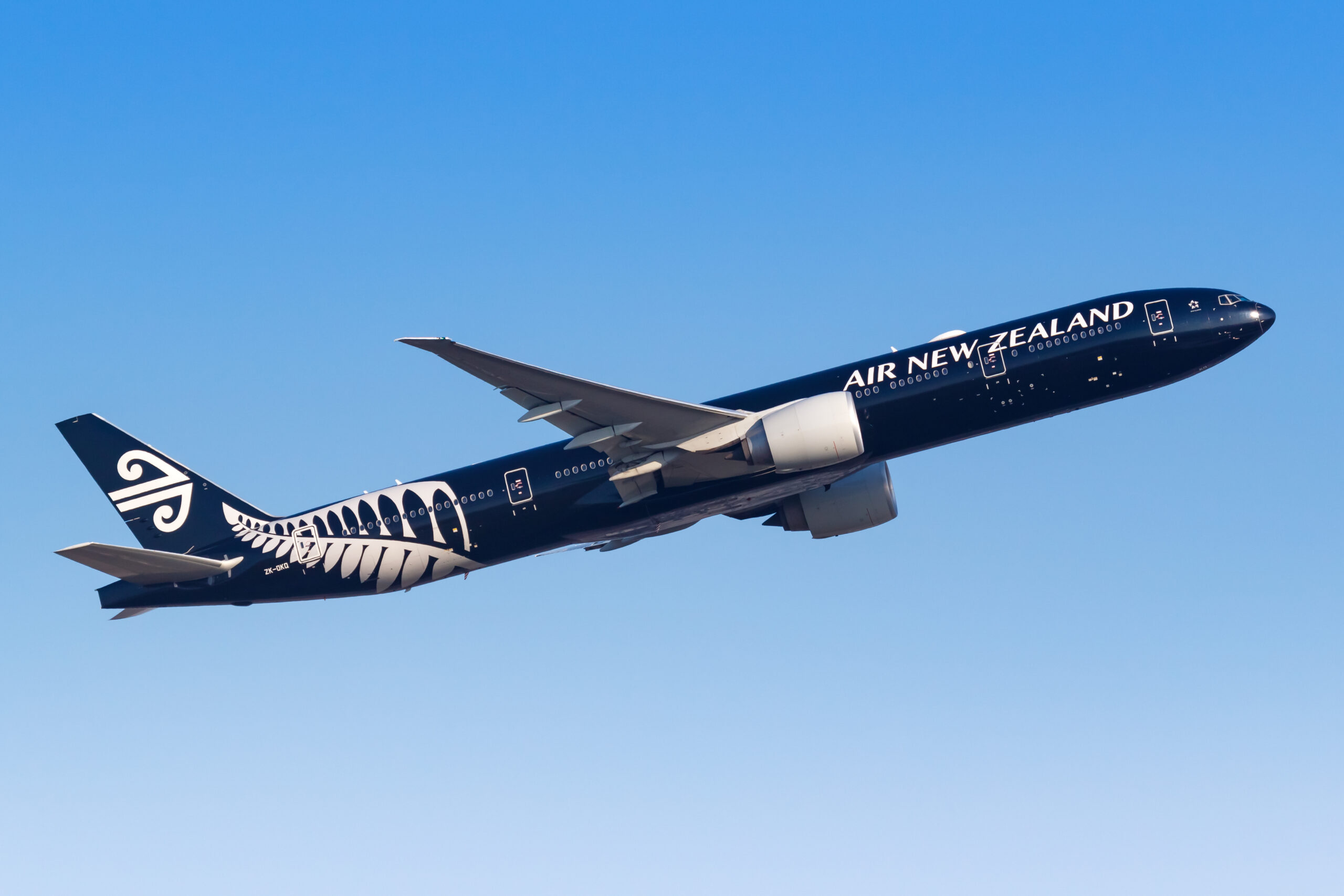
In its earnings guidance for the second half of the 2025 financial year, Air New Zealand has highlighted how the ongoing impact of engine maintenance issues and “substantial reduction in the compensation it anticipates receiving” will continue to negatively affect its profitability.
In a statement published on New Zealand’s stock exchange (NZX) today – building on an interim announcement on 20 February in which it refrained from providing full-year guidance – the airline indicated that its pre-tax earnings for the 2025 financial year would be in the region of $150-$190 million.
Notably, this includes $35-40 million of compensation from engine manufacturers with respect to ongoing engine issues; something Air New Zealand described as a “substantial reduction… despite an increased number of grounded aircraft”. These issues stem from global maintenance requirements on the Pratt & Whitney and Rolls-Royce engines that power the Airbus neo and Boeing 787 Dreamliner fleets respectively.
Despite Air New Zealand having secured seven additional leased engines and one further owned spare engine for its narrowbody fleet, the carrier currently expects eleven aircraft to be grounded. This is substantially more grounded aircraft than anticipated, with scheduled operational activities necessitating eight to ten more aircraft than are currently available.
At the crux of the debate would appear to be the physical location of the engines unable to be used in commercial service. Previously, Air New Zealand was allowed to retain them ‘on-wing’ for repositioning purposes, whilst still treated as unserviceable for compensation purposes. However, with what the airline describes as “short-term flexibility” having now ended, only engines physically removed will count towards compensation. Therefore, “compensation received may not directly reflect the total number of aircraft on the ground,” clarified Air New Zealand.
Accordingly, the $35-$40 million expected in compensation during the second half of 2025 is expected to be “substantially lower” than the $94 million the airline received in the first half. Although Air New Zealand added it continues to be engaged in “complicated” discussions with engine manufacturers “regarding appropriate levels of compensation for unserviceable engines, and accurate timelines for engine returns,” it nevertheless concluded that “engine maintenance timeframes provided by the manufacturers remain unpredictable”.
